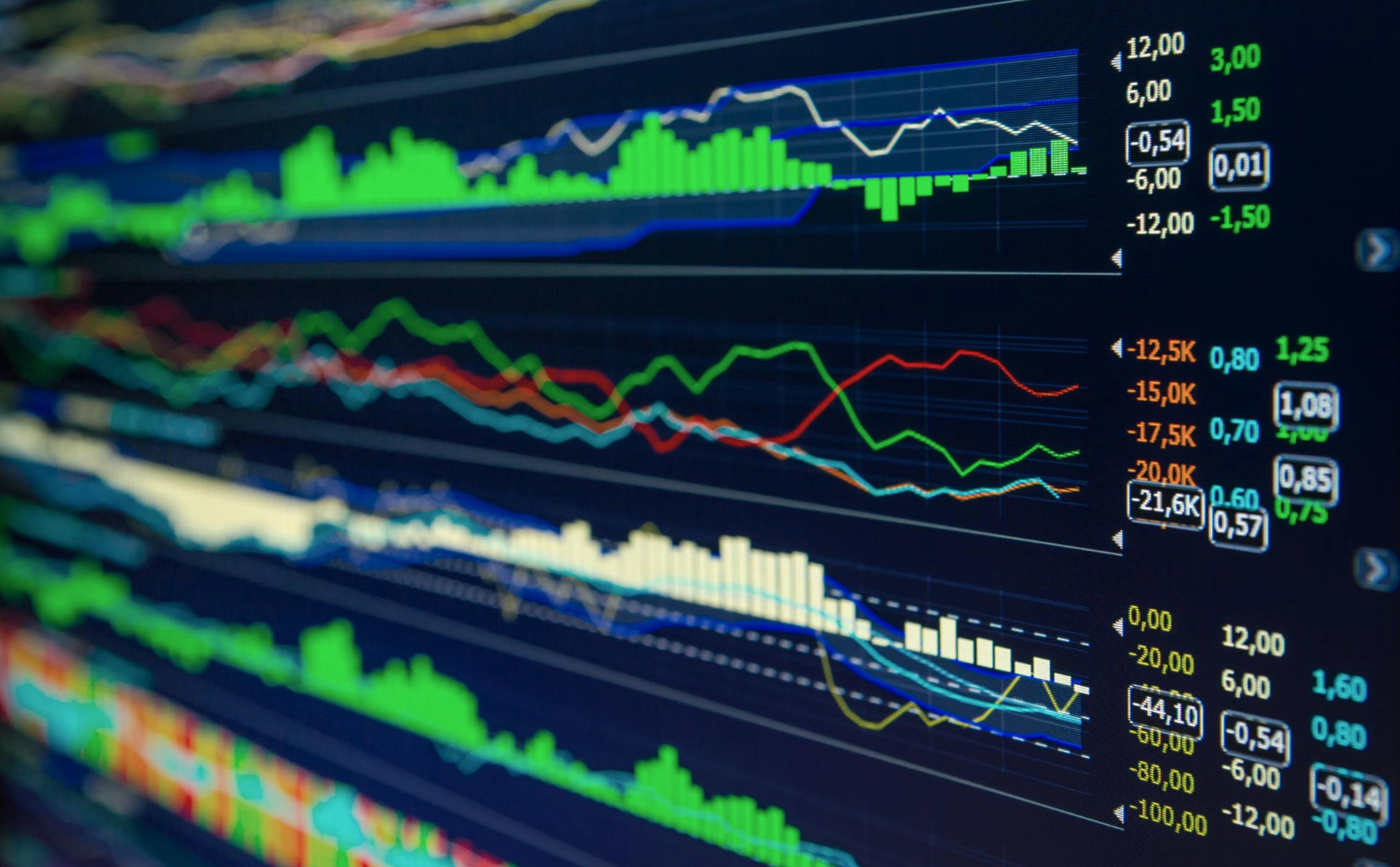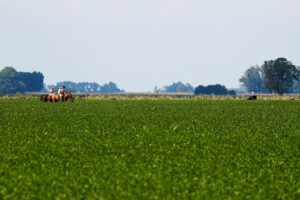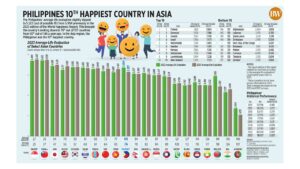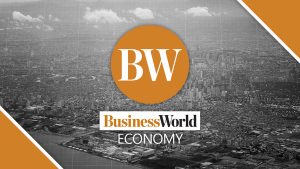Surging oil a key risk to PHL — Diokno

By Luz Wendy T. Noble, Reporter
RUSSIA’S INVASION of Ukraine may continue to drive oil prices even higher, which could push inflation beyond the target range for a second straight year, Bangko Sentral ng Pilipinas Governor Benjamin E. Diokno said.
“The main channel through which the Russia-Ukraine war could affect the Philippines is higher oil prices,” Mr. Diokno said in a Viber message to reporters late Sunday evening.
“Based on the BSP’s oil price simulation, inflation could settle above the target range of 2% to 4%, only if crude oil prices average higher than $95.00 per barrel in 2022 and 2023,” he added.
Last month, the central bank said the assumed average Dubai crude oil price for 2022 is now at $83 per barrel, higher by $10 than the previous assumption in December. Mr. Diokno noted that Dubai crude reached a record high of $141.33 per barrel in July 2008.
“Should the worst-case scenario of oil prices reaching $120-140 per barrel occur this year, inflation would be 0.7-1 percentage point above baseline in 2022. In brief, inflation would average between 4.4% and 4.7% under the worst-case scenario,” the BSP chief said.
In 2021, inflation reached 4.5% which exceeded the 2-4% target range. The BSP attributed this to the low supply of meat and high oil prices which caused faster price increases.
The BSP raised its inflation forecast for the year to 3.7% from 3.4% previously as it cited the impact of higher global oil and nonoil prices. The forecast priced in a threshold of $95 per barrel for Dubai crude, with the governor stressing only a sustained increase of beyond $95 a barrel will warrant an adjustment to their forecast.
“Below $95 per barrel, inflation would settle within the target range. But the oil price scenarios considered only the direct effects and do not incorporate any potential second-round effects on transport fares, food prices, and wages among others,” Mr. Diokno said.
Inflation was steady at 3% for the second straight month in February as food prices eased. However, headline inflation could surpass the BSP’s target by April or May given the continued fuel price hikes and rising consumption demand, Security Bank Corp. Chief Economist Robert Dan J. Roces said.
“Significant upside risks [to inflation] are to be expected in the next couple of months with oil assumed to remain at the $110-12 per barrel level given the current situation. Demand-driven inflation is also materializing with looser curbs nationwide which will also cause upward movements in core inflation as well,” Mr. Roces said in a Viber message.
Bank of the Philippine Islands Lead Economist Emilio S. Neri, Jr. also believes global oil prices will continue to edge higher as the conflict between Ukraine and Russia remains far from resolved. Higher fuel prices could hit the local transport sector, he said.
“With mobility at pre-pandemic level, transportation groups have more bargaining power to request for fare adjustments,” Mr. Neri said in a note on Friday.
By the end of 2022, Mr. Neri expects the BSP will already have raised the key policy rate by 75 basis points to 2.75%, with factors like inflation risks and the Federal Reserve’s monetary policy tightening taken into consideration.
The BSP in February kept rates steady as it continued to focus on supporting growth, but officials said they will be ready in case there is need to respond to second-round effects of inflation.
Mr. Diokno has previously said they would rather wait for four to six quarters of consecutive economic expansion to ensure the recovery has become sustainable.
The gross domestic product (GDP) rose by 7.7% year on year in the three months to December, the third straight quarter of growth. It brought full-year GDP expansion to 5.6%, a turnaround from the record 9.6% slump in 2020.
The continued increase in oil prices is making the situation “somewhat difficult” for the accommodative policy settings of the central bank, Security Bank’s Mr. Roces said. He expects the first policy rate hike to take place either towards the end of the second quarter or early part of the second half of 2022.
“[The] current situation and projections make it somewhat difficult for the BSP to maintain a ‘no hike’ scenario in the first half of 2022. [The situation] could force its hand if oil prices lead to untenable inflation expectations,” Mr. Roces said.
“It will be very important to get solid forward guidance from the monetary authorities starting in the next Monetary Board meeting,” he added.
The central bank has two more remaining policy reviews within the first half of 2022 — on March 24 and May 19. Meanwhile, the first meeting for the second semester is on June 16.
Mr. Diokno also said the Russia-Ukraine war has also caused a “slight depreciation” in the peso.
The peso’s close of P52.18 on Monday is its weakest finish in more than two years or since its P52.211 finish on Sept. 25, 2019.
“The BSP views such development as a result of the impact of the geopolitical tensions on oil prices, which likewise affected the peso. But this is in line with the behavior of other currencies in the region which also depreciated against the dollar,” he said.
Despite such an impact, Mr. Diokno said the country’s ample dollar reserves and inflows from remittances, business process outsourcing receipts, as well as foreign direct investments will temper volatility and the foreign exchange market.
“In addition, the BSP has various liquidity-enhancing tools that can be deployed in case the domestic liquidity situation becomes unexpectedly tight or disorderly including actions adopted during previous crises episodes,” he added.




